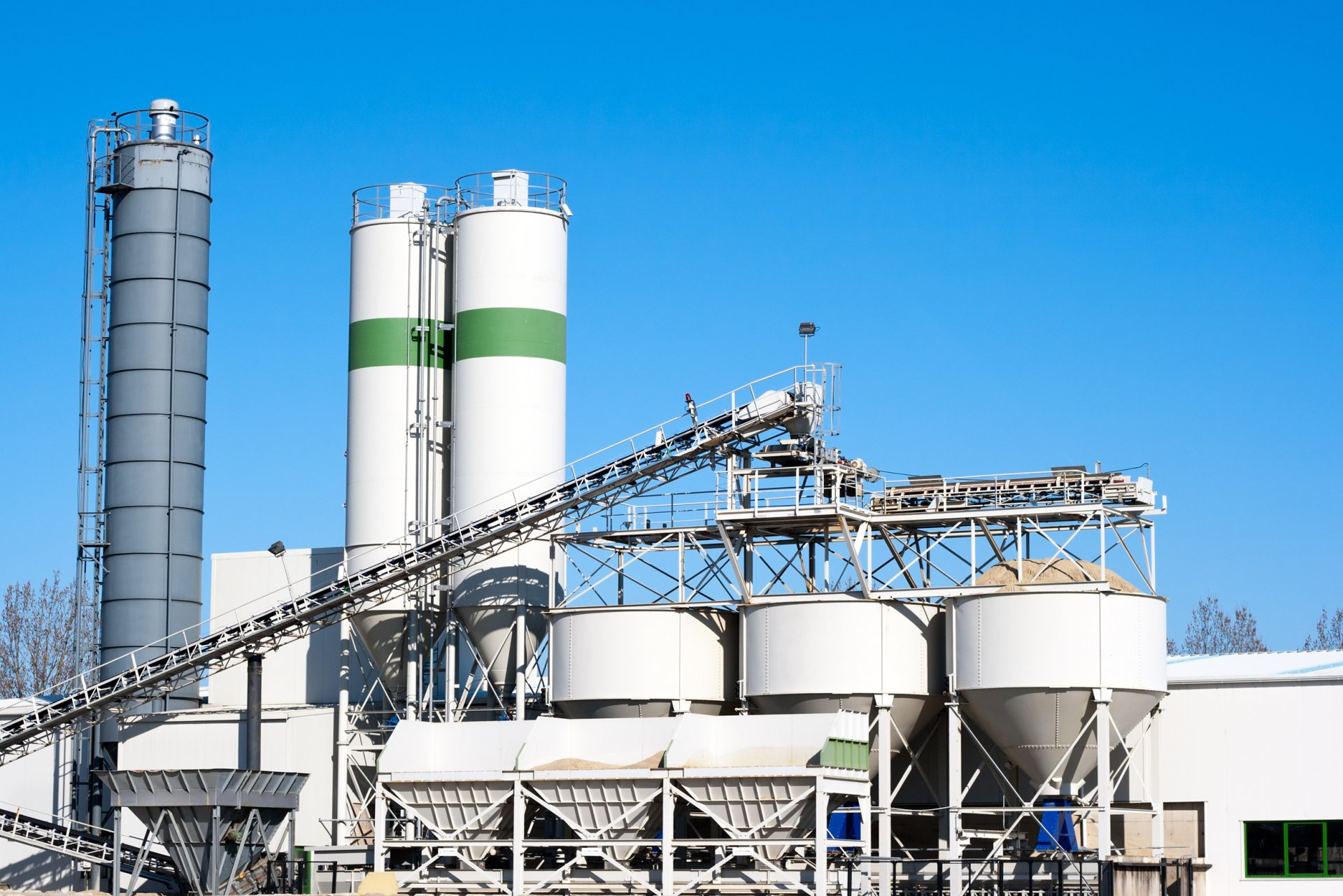Understanding Effective Age vs. Chronological Age in Equipment Valuation: What You Need to Know
In the world of asset management and equipment valuation, knowing the age of a piece of machinery is essential—but not all age metrics are created equal. While chronological age gives you the exact number of years since an asset was manufactured, effective age provides insight into its actual working condition. Understanding these two age metrics can help businesses make smarter decisions about asset investments, maintenance, and replacements.
This article explores the difference between effective and chronological age, why each matters, and how these metrics impact asset management. Let’s dive in.
What is Chronological Age?
Chronological age refers to the number of years since an asset, like heavy machinery or industrial equipment, was first manufactured or installed. Much like a birthdate for humans, chronological age is a fixed and straightforward metric.
Why It Matters
Chronological age is crucial for establishing basic depreciation schedules, determining tax implications, and meeting compliance requirements. For instance, certain IRS guidelines on equipment donations and deductions, outlined in
thisresource from Cornell Law, rely on an asset’s chronological age to help determine its residual value for tax deductions. Chronological age alone, however, does not tell the whole story about a piece of equipment’s operational condition.
What is Effective Age?
Effective age, on the other hand, represents how old an asset feels or operates based on its condition, wear, and maintenance history. In other words, it reflects the level of depreciation that has occurred beyond just the passing of years. A piece of equipment that has undergone regular maintenance and upgrades may have a much lower effective age than a similar piece of equipment that hasn’t received the same level of care.
Example
Consider two bulldozers manufactured in 2015. If one has been used heavily and only received occasional repairs, it may show signs of wear and tear consistent with a much older machine. The other bulldozer, meticulously maintained and operated under ideal conditions, may still function as though it’s only a few years old. The chronological age is identical for both machines, but their effective ages are dramatically different.
Why Effective Age Matters in Equipment Valuation
- More Accurate Market Value Assessments
When appraising equipment, understanding effective age allows asset appraisers to assign a more accurate value based on the machine’s actual condition. Equipment with a low effective age, regardless of its chronological age, may have a higher market value. For businesses looking to liquidate assets or procure equipment, this distinction can be vital. - Better Investment Decisions
Companies can make more informed buying and selling decisions by evaluating equipment based on effective age. When looking to buy used machinery, for instance, focusing on effective age rather than chronological age can reveal the true value and operational lifespan of the asset. - Improved Maintenance and Lifecycle Planning
Effective age can also guide maintenance decisions. Assets with higher effective ages may need more frequent maintenance, helping organizations allocate their budgets effectively and plan for replacements.
To learn more about the impact of asset condition and age on decision-making, explore Wharton’s insights on algorithmicmanagement, which discusses the influence of data-driven approaches on business operations.
Factors that Influence Effective Age
Understanding effective age involves considering multiple factors that directly impact an asset’s performance and lifespan. Here are some of the main determinants:
1. Usage Intensity
Assets that are used more frequently or in demanding conditions tend to experience faster wear and tear. A truck used daily on rough terrains will have a higher effective age compared to a similar truck used infrequently on smooth roads.
2. Maintenance and Repairs
Regular maintenance can significantly extend the useful life of equipment. Scheduled upkeep, preventive maintenance, and timely repairs all contribute to lowering an asset’s effective age. An asset that is neglected or only repaired when it breaks down will likely have a higher effective age.
3. Environmental Conditions
The operating environment affects how quickly equipment degrades. Machines used in harsh environments, such as high-humidity regions or locations with extreme temperatures, often exhibit signs of aging faster than those used in controlled or moderate conditions.
4. Technological Upgrades
An asset’s effective age can also be impacted by technological advancements. Equipment that has been upgraded with newer components or software updates may function more efficiently, effectively resetting its effective age to a lower figure.
For companies in sectors like healthcare, where equipment and systems require precise functionality, tracking effective age is crucial. Courses like the Healthcare Revenue Cycle Intensive emphasize the importance of system upgrades and maintenance in equipment lifecycle management.
Effective Age vs. Chronological Age: Key Differences
Metric
Description
Impact on Equipment Management
Chronological Age
Time elapsed since manufacture.
Used in depreciation schedules and for compliance.
Effective Age
Perceived age based on condition, wear, and upgrades.
Provides insight into operational lifespan and true asset value.
While chronological age gives a standard depreciation timeline, effective age allows businesses to gauge the actual usable lifespan of equipment. Evaluating both metrics together offers a comprehensive view of an asset’s value and functionality.






